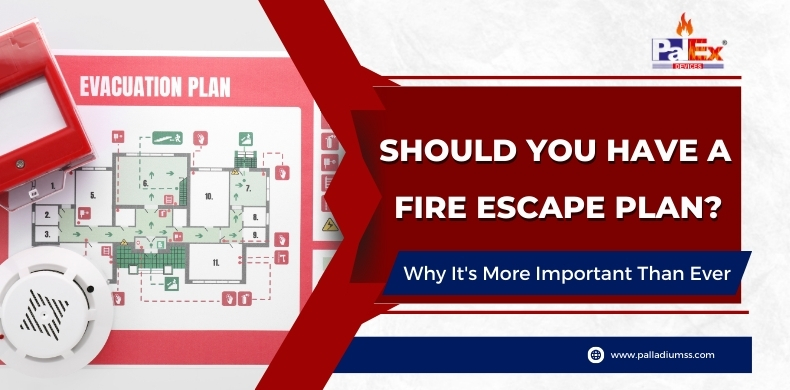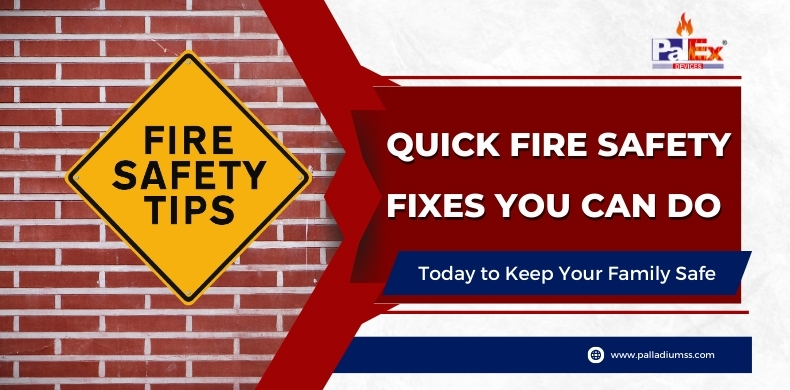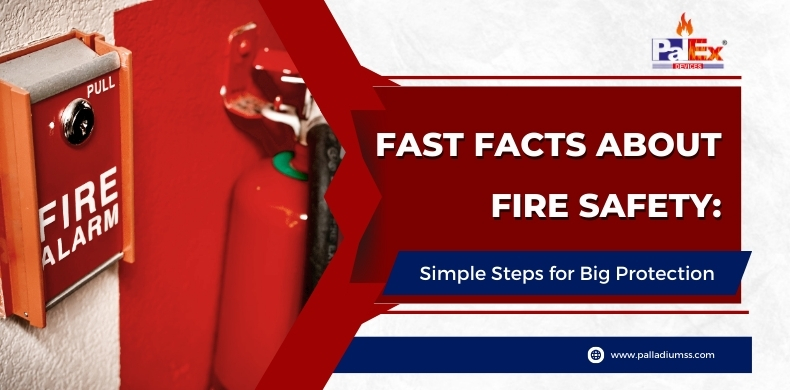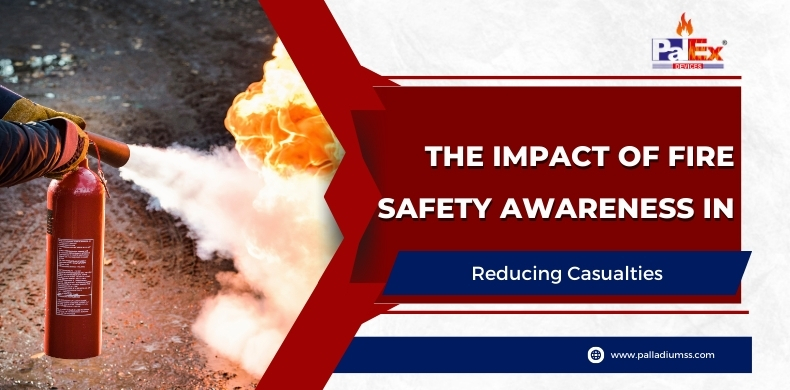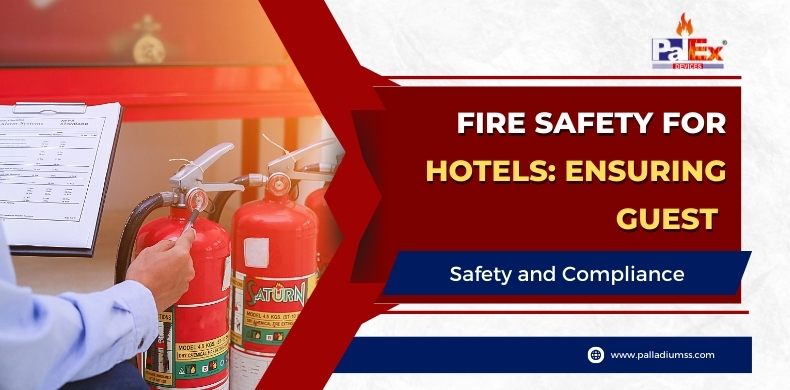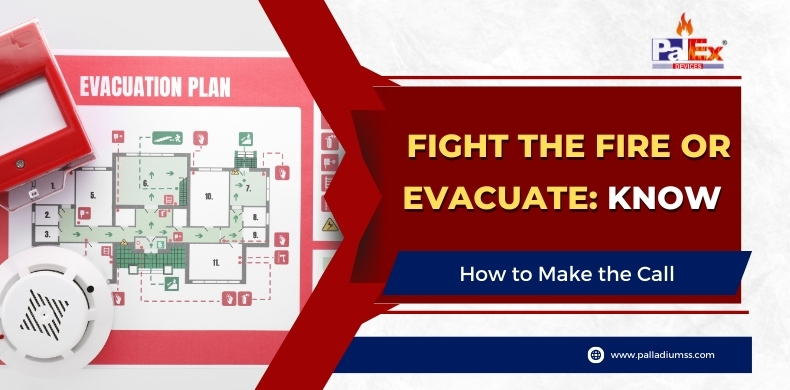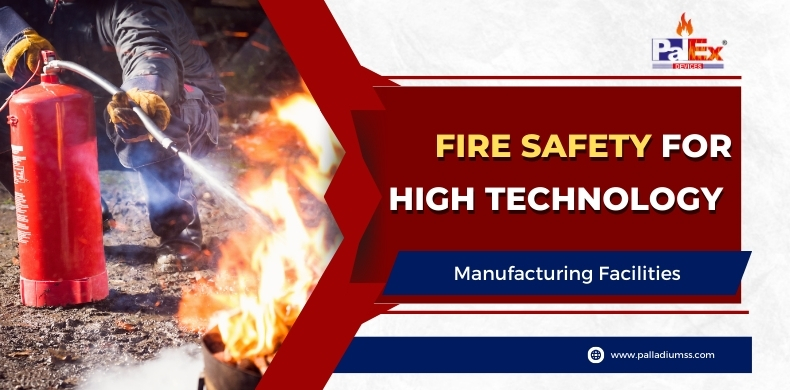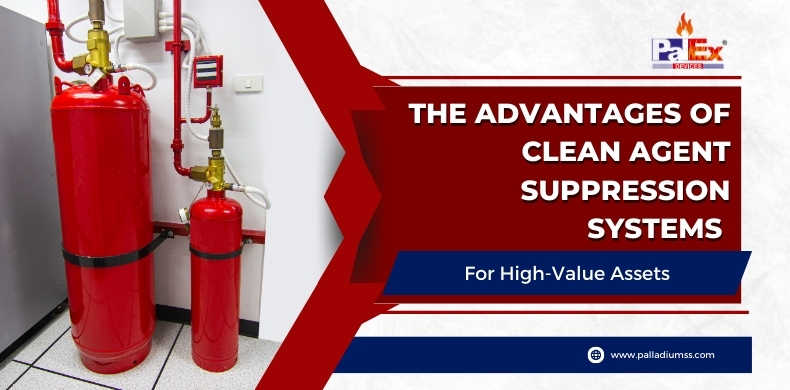The truth about modern houses is surprising to many people: house fires nowadays spread much quicker than before. The furniture and construction materials used in today’s homes can lead a room to catch fire completely in less than three minutes, whereas it took 17 minutes for older houses built some decades ago. This significant decrease in the time available to escape makes having an efficient fire evacuation strategy not only important but crucial for survival.
The Psychology of Emergency Response
When fire occurs, fear may take over logical thinking. If there is no escape plan prepared before time, important seconds could be lost when family members struggle to make crucial choices under heavy stress. Research indicates that individuals who have rehearsed fire getaway strategies react faster and make wiser decisions in real emergency situations. This automatic reply, shaped by routine, can take over the innate inclination to become paralyzed or make risky decisions during times of crisis.
Beyond the Basics: What Your Plan Must Include
An all-inclusive plan for escaping from fire involves more than being aware of the closest exit. It needs to point out two exits from each room, take into account family members who have mobility difficulties and set a clear gathering place outside the house. The plan should think about different possibilities: What happens if your main exit route is obstructed? Imagine, you are stuck on the upper floor? Or somebody is not present? Knowing solutions to these queries before any urgent situation can be the dividing line between living and passing away.
Children and Fire Safety: A Special Consideration
Kids show distinct difficulties in fire emergencies. They might seek shelter from the fire instead of running away, get frozen by terror, or make attempts to save their favorite pets or toys. A repeatedly practiced escape scheme aids children in building self-assurance and muscle memory for emergency reactions. Regular drills can transform frightening situations into manageable procedures they know how to handle.
The Technology Factor
While the burning speed of modern houses is faster, they also provide new technologies to improve fire safety. Smart smoke detectors have the capability to send an alert to your phone when detecting smoke – this happens even when you are not at home. Systems connected in homes can automatically switch off HVAC systems and hence prevent spreading of smoke. But, these technologies work best only when they are included in an overall escape plan that every family member knows and can carry out.
Making Your Plan Work: Practice Makes Perfect
Just making a plan doesn’t suffice – it needs to be rehearsed frequently. Fire drills must take place minimum two times in one year, and include one during the night time when deadliest fires typically happen. The rehearsals should mimic various circumstances like exits being blocked or smoky situations. Every drill gives a chance to recognize and fix possible issues before an actual emergency happens.
The Community Connection
Your plan for escaping from a fire should not just include your close family. Inform trusted neighbors about the location of your meeting point outside, so they can let firefighters know if you are missing. Think about making an emergency response system in the areas, particularly if there are older or disabled people living nearby who may need help during evacuation.
The Investment That Costs Nothing but Saves Everything
Creating and practicing a fire escape plan is different from many other safety measures because it only requires time, not money. Still, this free investment has the most valuable return: rescuing your family’s lives. Nowadays, fires spread more quickly than before and our homes have more items that can catch fire than ever in history. So having a good escape plan is not just beneficial – it becomes extremely necessary for keeping families safe today.
Do not forget, the matter is not about having an evacuation plan during fire – it’s about how sufficient your existing plan is to safeguard your family when every second matters. Dedicate some time today for creating, examining, or modifying your strategy. This could be probably the most crucial family gathering you ever conduct.

